Northern Ireland’s housing and mortgage market doesn’t exist in a bubble. Every change in employment, retail spending, or interest rate policy has a knock-on effect for homebuyers and homeowners. As we move through 2025, the conversation around Northern Ireland mortgage rates is shaped as much by local economic conditions as it is by wider UK and European financial trends.
The Economy at a Glance
Recent figures paint a mixed but generally positive picture for Northern Ireland:
Employment remains steady at just under 73%, providing households with stability.
Retail and consumer spending have been strong, with high streets enjoying record levels of investment.
Tourism and hospitality are performing above expectations, helping support over 78,000 jobs.
This resilience underpins lender confidence. A healthy economy reduces the perceived risk of lending, which in turn influences the competitiveness of Northern Ireland mortgage rates.
Interest Rates and Inflation – The Big Drivers
While local growth matters, borrowing costs are most directly shaped by interest rate decisions from the Bank of England and wider monetary policy shifts in Europe.
The European Central Bank (ECB) has recently moved to cut rates, aiming to ease borrowing pressure across the eurozone.
The Bank of England has also hinted that inflationary pressures are cooling, raising expectations that UK base rates may fall in the months ahead.
For borrowers here, that means Northern Ireland mortgage rates, particularly for those on variable or tracker products, may begin to ease. For fixed-rate seekers, lenders are already competing to lock in business, creating opportunities for favourable deals.
House Prices and Affordability
House price trends are another key influence:
Across the UK, prices have been slowing or even dipping in some regions.
In contrast, Northern Ireland has continued to see growth, with average property values rising by around 6% in early 2025.
While rising house prices show strong demand, they can also stretch affordability. Even if borrowing rates improve slightly, higher property prices may offset some of the benefit for first-time buyers. That’s why shopping around for the most competitive Northern Ireland mortgage rates is more important than ever.
Shifts in Borrower Behaviour
According to UK Finance data:
Nearly 80% of mortgages in Northern Ireland are fixed-rate.
First-time buyer activity has increased significantly, with loan volumes up over 30% compared with last year.
Home movers are also returning to the market in greater numbers, suggesting improved confidence.
This mix indicates that borrowers are still cautious about future interest rate volatility but are feeling optimistic enough to take the next step on the property ladder. Lenders, in turn, are tailoring products to this demand, helping keep Northern Ireland mortgage rates competitive.
Opportunities and Risks Ahead
Opportunities
If central banks continue to lower base rates, borrowing could become more affordable.
Lender competition may drive down Northern Ireland mortgage rates, especially for those remortgaging.
A stable jobs market supports borrower confidence.
Risks
Inflation, if it rises again, could push interest rates back up.
House price growth may outpace wage increases, reducing affordability despite rate cuts.
Geopolitical or global financial uncertainty could make lenders more cautious.
What Borrowers Should Do Now
Whether you’re a first-time buyer or considering a remortgage, the best strategy is to stay informed and seek advice tailored to your circumstances. Monitoring economic updates and understanding how they shape Northern Ireland mortgage rates can help you make the most of market opportunities.
Working with a broker ensures access to a wide range of products and expert guidance, helping you secure the right deal, even in a shifting economic climate.
Northern Ireland’s economy is showing encouraging resilience, from strong employment to thriving high streets. Combined with wider interest rate trends, these factors will continue to play a central role in shaping borrowing conditions.
For homeowners and buyers alike, now is a key moment to review options, compare deals, and make informed choices.




